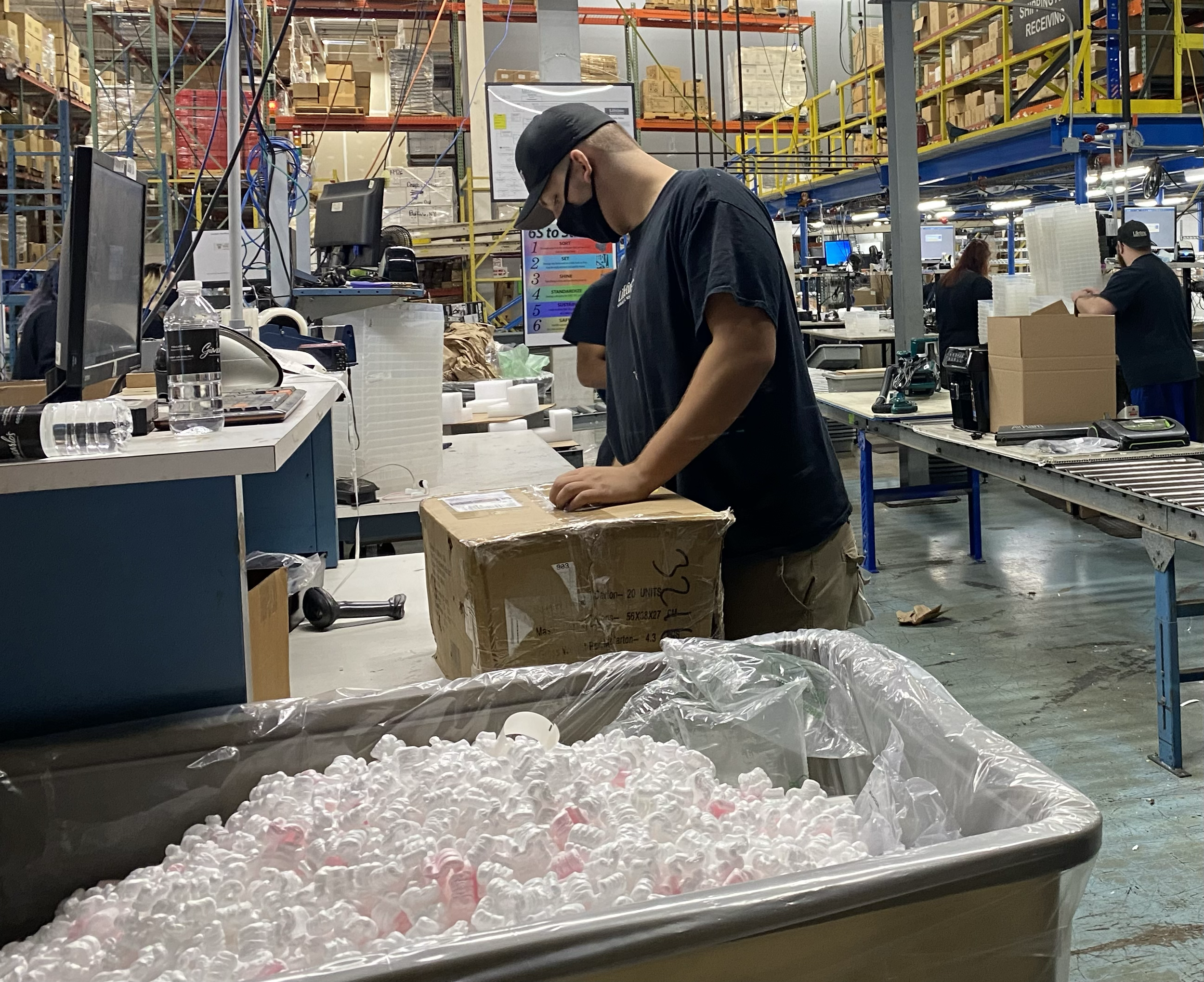I liaise across functions with business leaders, lawyers, operations, and engineers to deliver top-notch products. My approach allows me to see patterns where others see complexity. One of my top 5 Clifton Strengths is “Strategic”—and according to GALLUP, you can’t teach this skill.
Choreographing repair claims processes to go paperless
Problem
A national B2C consumer electronics repair service required customers to report what was wrong with their device twice—once in a web claim flow, and once on a paper repair form. The paper form—shipped with the device to a repair depot—met legacy technician needs, but prevented aggregate data monitoring and added unnecessary customer burden.
Solution
Led onsite discovery research (contextual inquiry + co-creation with repair technicians), stakeholder buy-in and alignment, and end-to-end UI design for MVP pilot.
Impact
Within weeks of launch, 2,000+ customers successfully submitted their claim and issue description digitally across systems.
Successful transmission of customer issue descriptions enabled Phase 2 of the pilot to start training technicians to use digital notes (v. paper only) in workflows.
Pilot alleviated CX concerns of major phone carrier client, whose customers subscribed to this service.
Since, NPS grew from 15 to 40 and the service offering grew from 5% to 15% total revenue in a multi-billion dollar global business.
Patient Journey Mapping for NIH Brain Development Study
Problem
The Clinical Trials Network at NIH needed to retain 10,000 children and families enrolled in the largest long-term brain development study in the history of the United States (as seen on 60-Minutes with Anderson Cooper). As ongoing clinical appointments were required of kids over 9 years, long-term participation and commitment of parents, children, and communities were critical for successful implementation of this ambitious project.
Solution
Applying journey mapping, I illustrated a 20-page, 10-year step-by-step customer experience (CX) strategy for use by clinical research teams to enhance participant trust during visits and help drive sustained retention of the children and their parents.
Impact
Since implementation, successful retention has allowed the ABCD Study to publish findings in Lancet Child and Adolescent Health showing that children who use smartphones for less than two hours per day performed better on thinking, language and memory tests.


